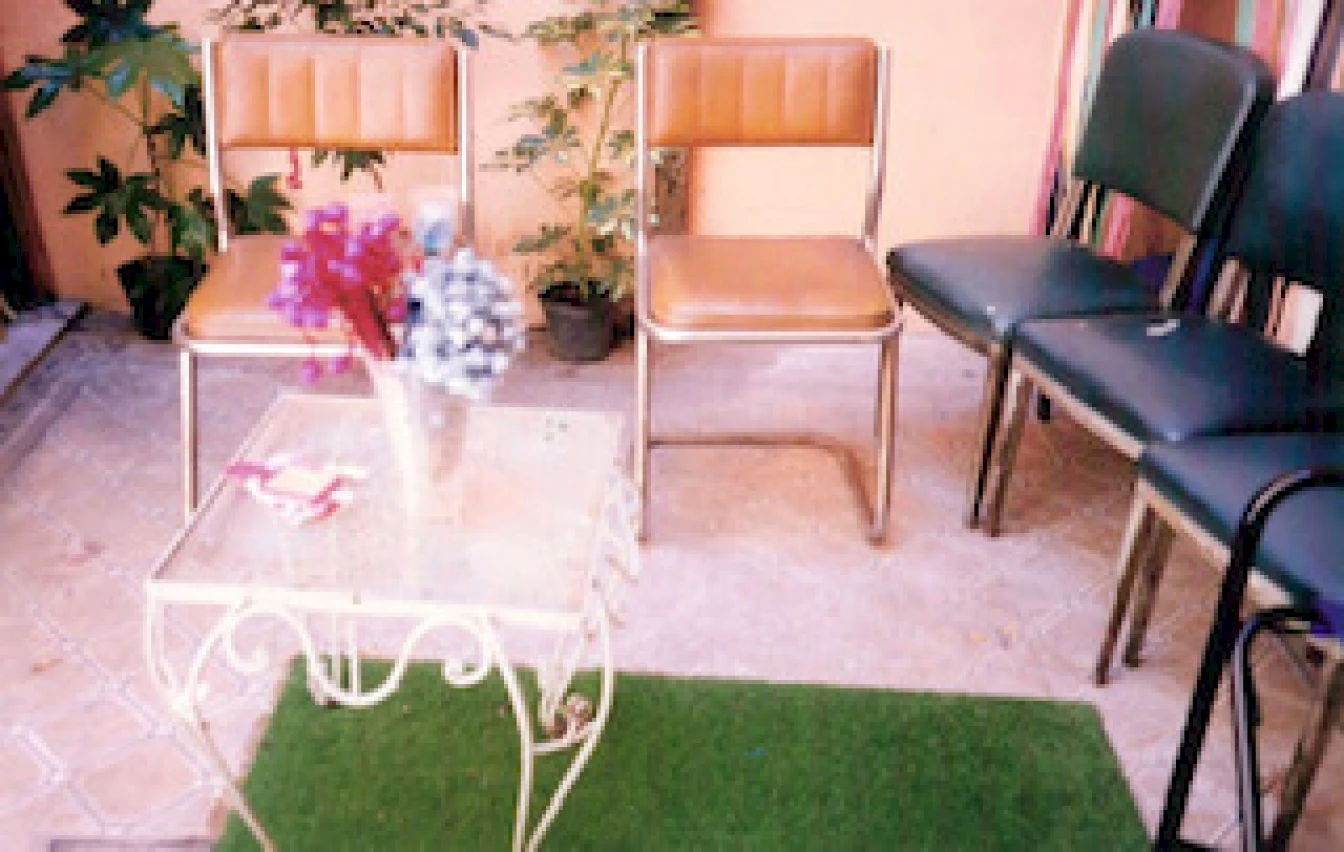
Fig 1. Image of Belleza y Felicidad Gallery, Buenos Aires, 1999–2007, courtesy of Fernanda Laguna And Cecilia Pavón.
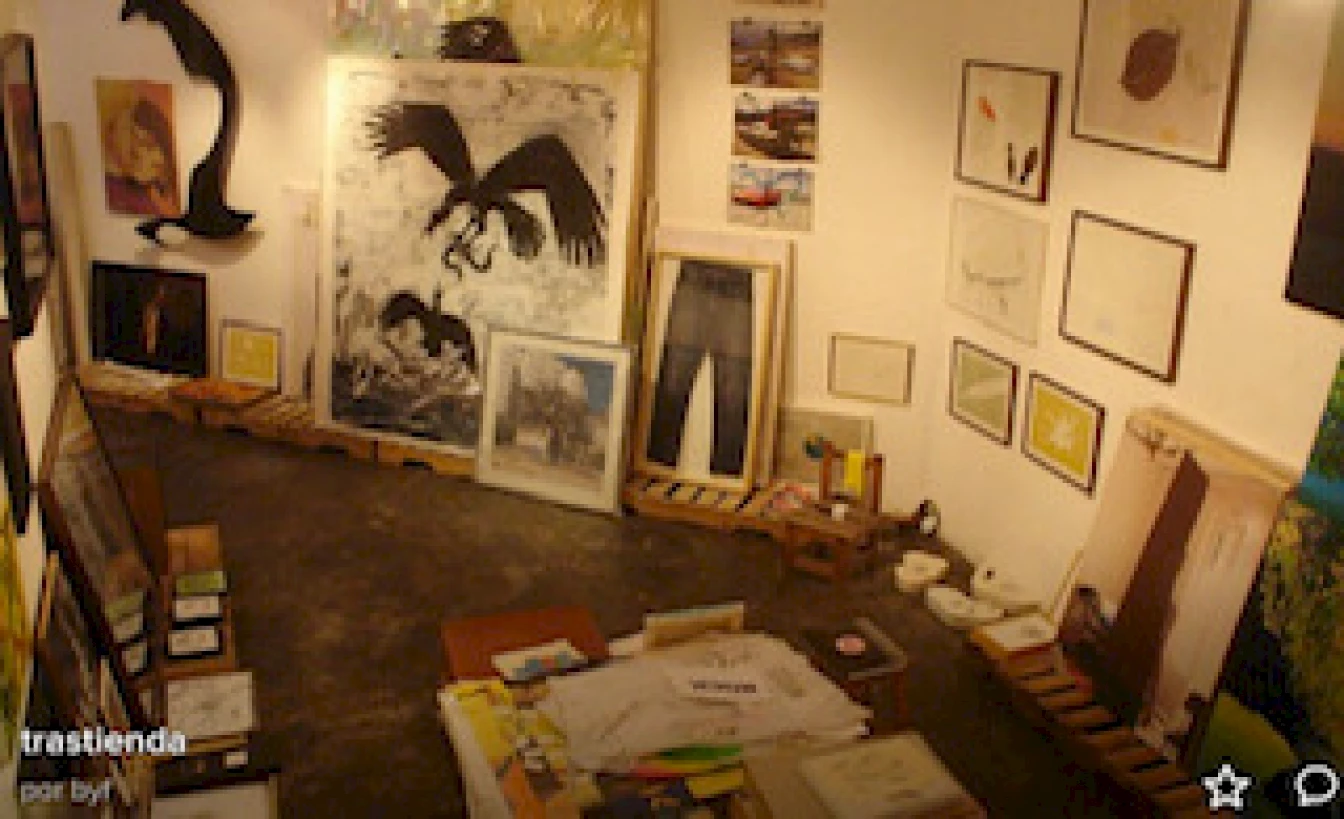
Fig 2. Image of Belleza y Felicidad Gallery, Buenos Aires, 1999–2007, courtesy of Fernanda Laguna And Cecilia Pavón.
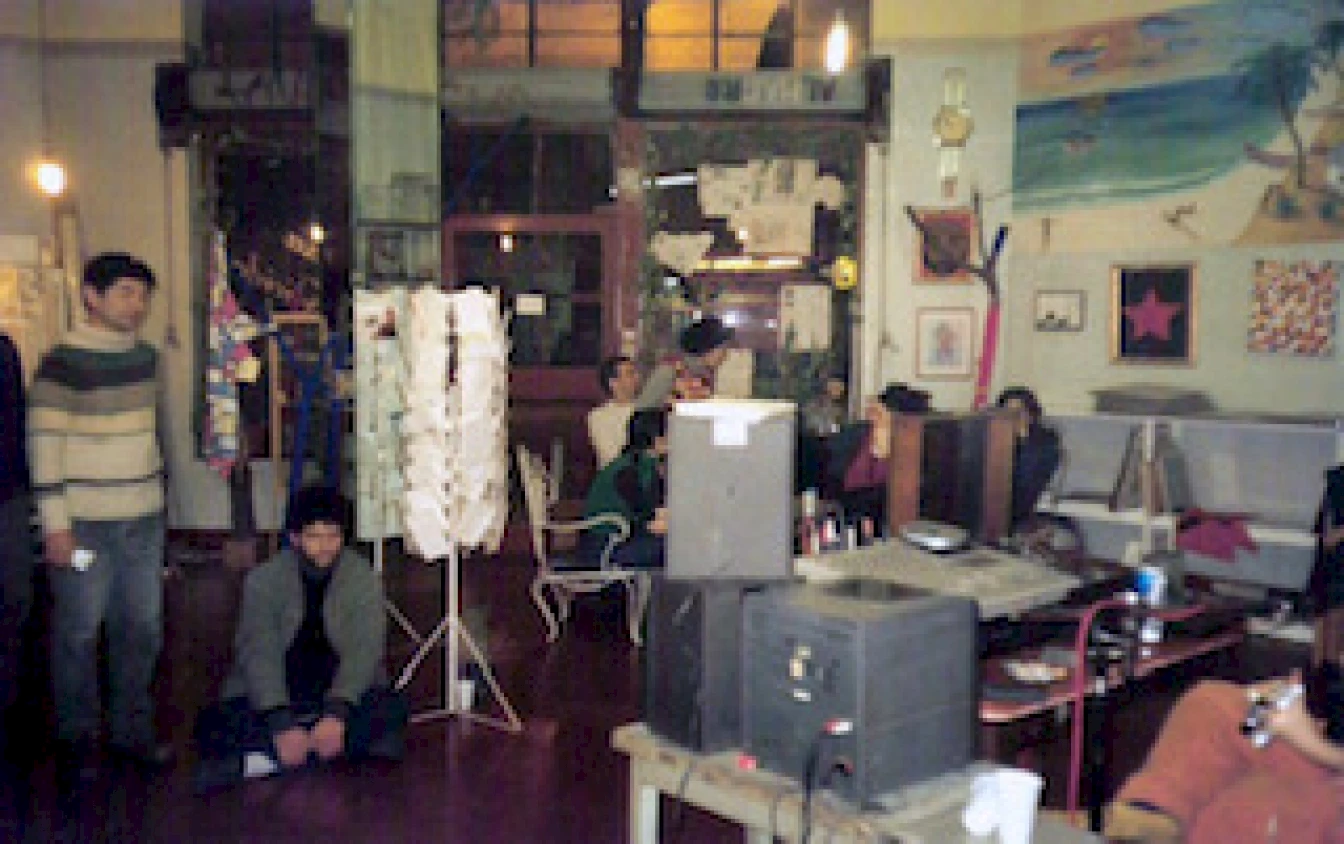
Fig 3. Image of Belleza y Felicidad Gallery, Buenos Aires, 1999–2007, courtesy of Fernanda Laguna And Cecilia Pavón.
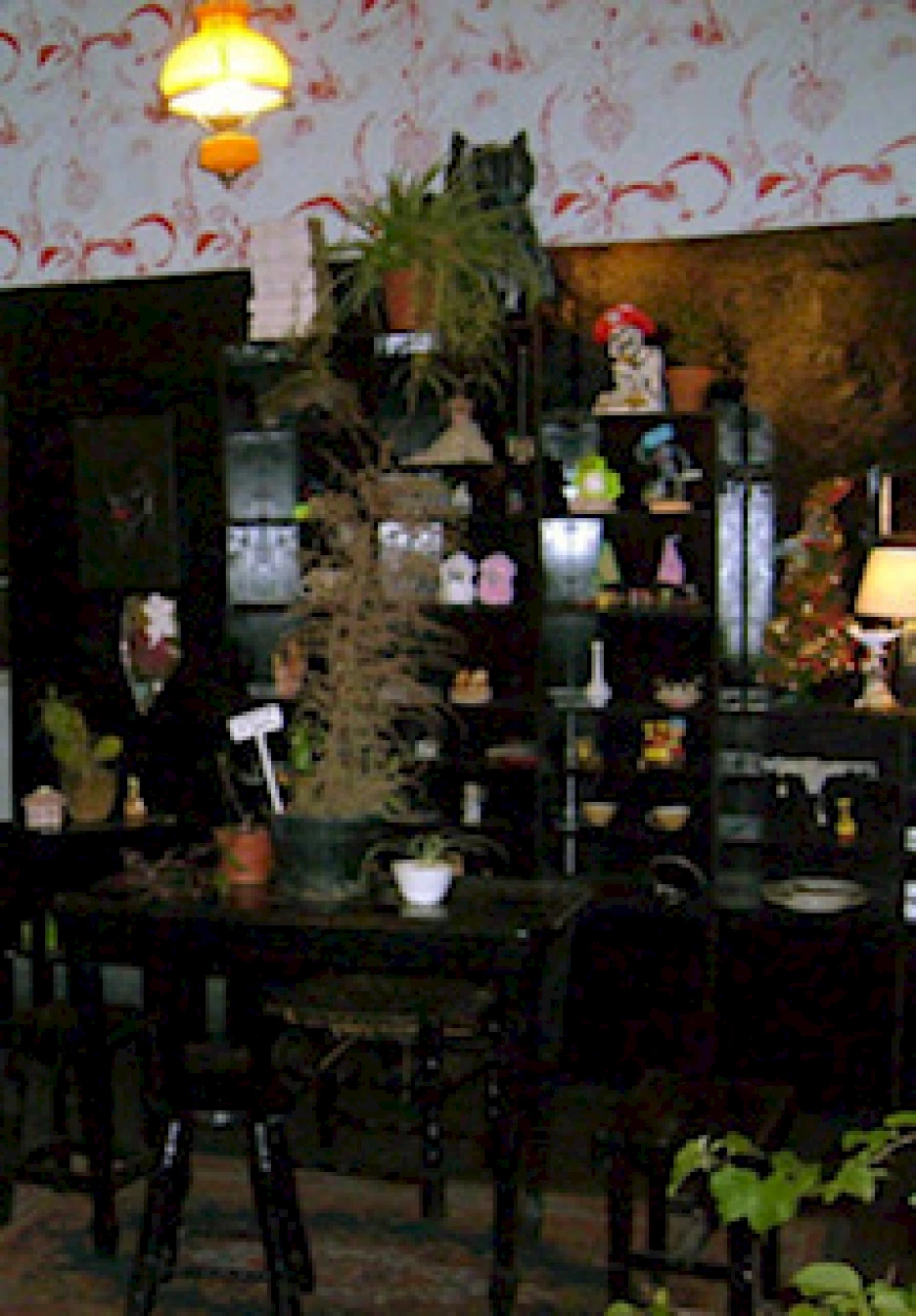
Fig 4. Image of Belleza y Felicidad Gallery, Buenos Aires, 1999–2007, courtesy of Fernanda Laguna And Cecilia Pavón.

Fig 5. Image of Belleza y Felicidad Gallery, Buenos Aires, 1999–2007, courtesy of Fernanda Laguna And Cecilia Pavón.
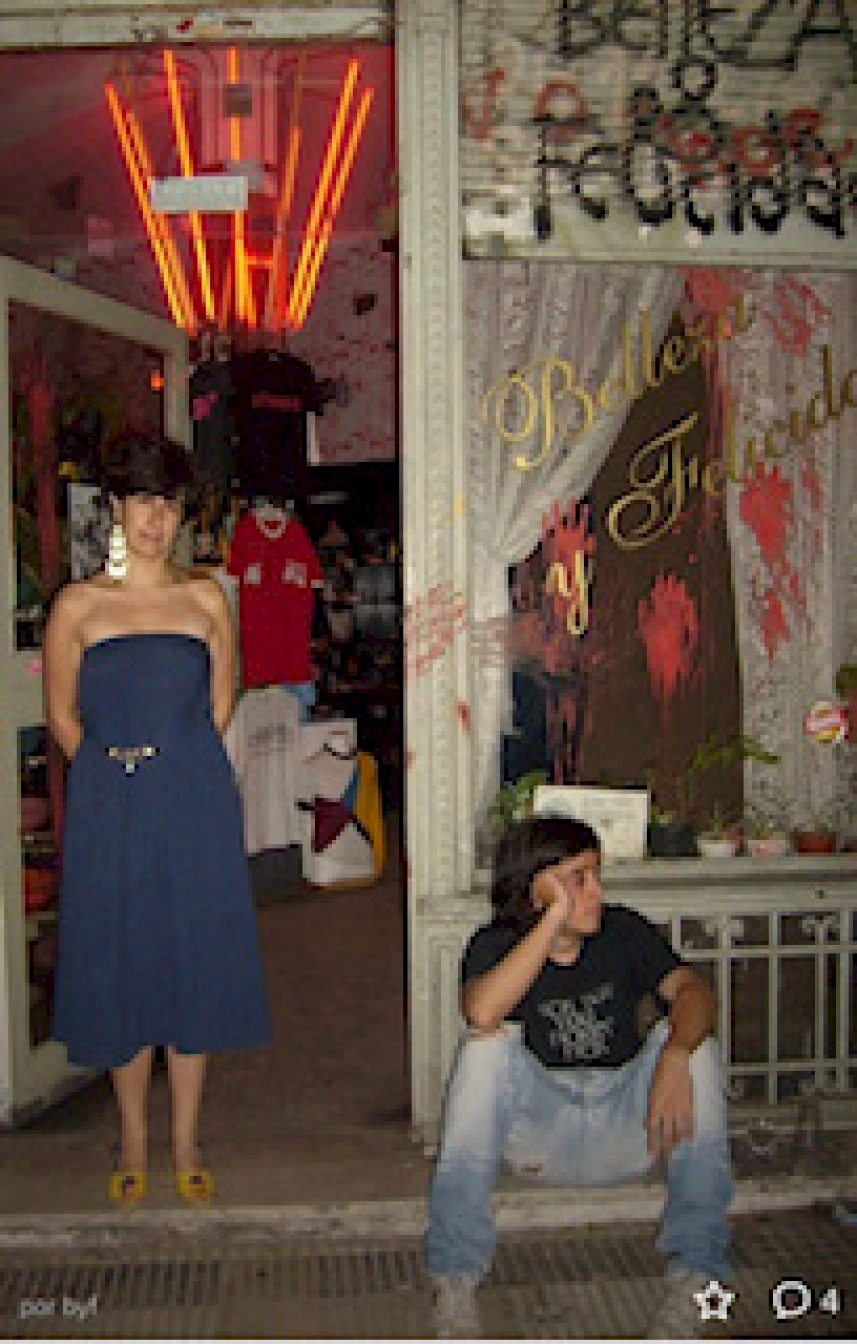
Belleza y Felicidad1 was a space for art, poetry and music, born in March 1999 in Buenos Aires. It was born from my friendship with Cecilia Pavón (Argentine writer, poet and translator), kind of like an extension of our bodies that loved each other so much. Our idea was not to create a space for art, but a ‘gift shop’: a fictional world. It was not a matter of showing an artist’s work in the same way a gallery would, but of setting up a whole space where fiction and reality went hand in hand. (Also, we both worked with poetry, so poetry was very important.) Roberto Jacoby, an Argentine artist who was prominent in the sixties, talks about friendship as a technology. So, just as you have network technologies (and also many others), you can also think of friendship as a technology, which means that you can work from friendship. Using friendship as a technology, we put together a music show, for example: one person lent a speaker, another person had a light, another person had a microphone; and in that way, working from friendship, we managed to put together a sound system.
I have always worked in collectives of specific persons, which are rather open; not owned by any single person, but integrating many, like Belleza y Felicidad (Beauty and Happiness). When I talk about what ‘I’ do, I usually speak in the plural and not the singular. When I speak of Belleza y Felicidad, I speak in the plural to include every person who came to do something in that space (such as fashion, poetry or music) – everyone who participated in that space. They were not outsiders who came to do something inside the space; everyone and everything was inside, everything was made from the inside.
There was something that Cecilia Pavón and I were looking for: artistic genius. Now, many years later, this has been channeled into what we call ‘arte_lin’. We were looking for artistic genius as a kind of creation that surpasses art: as that which is behind artistic expression, which surpasses what one could imagine art to be. Throughout all of our events, we waited for that artistic genius to make an appearance. And two years ago, it did: I had an amazing, waking vision. I realized that ‘known art’, the actually existing art that an artist creates, is very little next to the ‘something much bigger’ that is behind it. It is like there is an artistic existence that surpasses the art itself and is ineffable. That inexpressible experience, that experience that cannot be described, we dubbed arte_lin. Arte_lin is everything we cannot (yet) imagine. It is a way of naming everything we do not yet know, everything that is not yet considered art, for example. As for that place that exists, that has a body, yet that encompasses everything that will never exist, the possibilities that will never come to be; we called that unknown ‘lin’.
It was also a collective creation, the appearance of that word in our language. We do not have an artists’ collective, but a collective curator. This curator consists of countless persons, and we do not know how many nor who they are. This curator has no gender. This curator is called ‘comex_lin’ as another way of thinking about a collective: not as a sum of personalities, but as a collective identity; not just an aggregate of individualities, but a collective entity in which individuals merge; a multiple curator, with a multiple identity. I do not know whether all of this sounds like delirium.
Belleza y Felicidad Fiorito
Collectives work like a space for the creation and transformation of ‘the collective’ itself. All the collective work of Belleza y Felicidad, like that of other spaces I created with different artists, has been a space in which to experiment with various issues, such as identity. We do a lot of collective work on micro-politics, issues that have to do with relationships between people on a micro-, not a macro-political level. In fact, we’ve been criticized for not being political, even though we run a queer publishing house and engage in intentional social interaction, such as the giving and receiving of potlage (potlatch) gifts, working outside the laws of the market as much as possible. It is hard to think of strategies outside the market, but I think friendship has a strong political meaning. Friendships are also forged in social work. For me, wherever bonds of love are forged politically, a valuable form of social work is happening that allows us to do different things. So, I speak of micro-politics and not politics, because that is the field in which we move.
In 2003, at a time when many galleries in Argentina were opening spaces in the Global North, we decided to open a space in what you could call the outskirts of Buenos Aires, and we created Belleza y Felicidad Fiorito. One of the questions we were always asked was: ‘Why art, in a place where basic needs are not met?’ The answer we gave was basically: ‘Why not?’ Why not offer quality art workshops and exhibitions to people who may not have their food needs covered, for example? Meeting people’s basic needs would be politics, and art does not seem to be politics. Why we opened Belleza y Felicidad Fiorito was to meet people’s need for a vocation, for accessing and being able to experience working with different aesthetics. We opened it as a feminist art school, feminist in the sense of feminist construction, a place to experiment with feminisms; as a space or platform for contemporary artwork on the connections within art; and as a school for research into what can be found beyond art, hand in hand with arte_lin. There, we try to focus on experiences that are not necessarily dominated by the market. This is easier in the neighborhood of Villa Fiorito, where, being far away from the centers of art production and distribution, nobody pays us any attention.
Belleza y Felicidad Fiorito has been working as a school of experimentation for nineteen years now, and our learnings and our failures are ongoing. The community and the school are in a place where there is no running water, and much of the time there is no electricity. There are many social problems, including food problems, and all of this brings many more problems with it. Belleza y Felicidad Fiorito is not a school that was built brick by brick like a wall, but one that is distributed in different places that together form a space that is always being de- and re-constructed, without a fixed shape of its own. It is given shape by the people in the school, and people are their problems, so it’s a school based on solving people’s problems, social problems, rather than having expectations. Yet, while we have very low expectations, we try to have many of them.
Failures are linked to expectations. A failure is an unfulfilled expectation. So, we try to have multiple expectations, and they are all very much linked to the present. The movement of the art school is like a spiral. As it spirals, so you go through similar problems many times, and growth is not linear. The spiral is the shape and the learning. We always try to learn, and that is where expectations are fulfilled. But it is not about achieving a specific goal. There might have been a time when we had a goal of getting artists who came from the outskirts of the city to join us, but that was wrong and responded to a preconceived idea that we brought with us from other schools.
Today, we think of it as a school for the present. Each person sees what they will do with it. Rather than having fewer and fewer failures, we have less and less concrete expectations. We call it an art school, but it is not an institution. The teachers are always changing, so pedagogical techniques change constantly too – there is no institutional heritage as such. We chose the name and form of a school to somehow define something of what we are, but what we are is a group of people doing things.
Belleza y Felicidad, Eloisa Cartonera and Turrito
Belleza y Felicidad Fiorito and Eloisa Cartonera were born at the same time, in 2003. Eloisa Cartonera is a publishing house co-founded by Washington Cucurto and Javier Barilaro, whose literary output is books handmade out of cardboard collected by cartoneros (the local name for those who look for recyclable materials in rubbish) from Fiorito.2 At first, they were closely linked.
I proposed to a group of artists that they could do just about anything. As a curator, I suggested once again that we collectivize the curating process, and started speaking in the plural. Together, we set out to create the most incredible show in the world, something unimaginable. Anything was possible. The first question that came up was where in Buenos Aires to have it – Turrito was the building. The building was missing a window pane. When we reinstalled it, it broke again, so we decided that that place would always be open. There was a group of about thirteen artists at Turrito, some of whom participated more, others less so, and then that group was joined by more people. It became a much larger collective space. It was up to whoever brought an idea to carry it out, so basically everyone who brought their ideas did something. We hosted weddings, fashion shows, bonfires. We had no electricity, so everything was done by candlelight. The space was quite limited; since it did not have a door and anyone could come in at any time, everything we had inside could be stolen. If there were paintings, you knew they could be stolen. So everything we did was performative, less tangible, without so many stealable objects. Sometimes circumstances influence aesthetic production. We had parties and lin parties, which were like parties but something more. We hosted many talks and workshops, about lysergic acid (LSD) experiences, philosophy, forms of community. That project lasted three years.
Now at Belleza y Felicidad Fiorito we host workshops and we run a community kitchen called Gourmet, which is kind of like a soup kitchen (which are common in Argentina because many people cannot afford food) but different. The Gourmet kitchen tries to be a community kitchen that on Saturdays works as an ultra-popular restaurant, with different foods from different parts of the world produced at cheap prices but by an actual chef. The chef is also a collective, a chef_lin. We host art workshops, sewing workshops, poetry workshops, and so on. Our teachers are also our neighbors: we have five teachers right now. The idea is that you do not need to be hyper-specialized in something to become a teacher. Anyone can be a teacher, anyone who has something to share. We also have the art gallery, and the T-shirt workshop where we print T-shirts with feminist phrases. We hold markets, go to the theater, go for walks, have fun, make jokes. It’s more than just workshops; it’s a whole experience. Drinking mate, sharing, learning… The teachers learn just as much as the students. It is, as I have said, a spiral. In botanical terms, it is like a bulb, not like a root – something that is connected at its center.
The people who make up Belleza y Felicidad change all the time, and they get involved in different ways. Someone who taught workshops ten years ago continues to participate because the space is still there, so in a sense it is a fixed group now, but it also includes many other people. These days, Belleza y Felicidad must include approximately 150 people, plus all the people who study there, plus all the children and adults who pass through it.
Up until a month ago, I participated in Ni Una Menos (Not One Less), an Argentinean collective from which I learned a lot. We created Ni Una Menos Fiorito, a collective of women with whom we attend demonstrations. The feminist side is very important, especially in terms of an experimental form of politics, of micro-politics, of thinking about the world. Feminism is a way of thinking about the world as a construction, a way of imagining the world. That is how I see it; there are so many definitions of feminism that it is not what I say it is, I just came up with this definition and got hooked on it.
I am interested in exploring beyond ‘known art’, which I think is hyper-saturated. I am interested in spending whatever life I have left investigating arte_lin, something I cannot even imagine and which I do not know. I, for example, believe that in order to be able to open oneself up to the unknown, it is important to hack the laws of the market. Art is highly influenced by the laws of the market, not only in terms of sales, but also in terms of systems of legitimation. That is why one of the ways out (and through, to arte_lin) is to link art with gift economies. And this art school is open enough not only to allow us to perceive subtle forms of art, but to abandon the exchange.